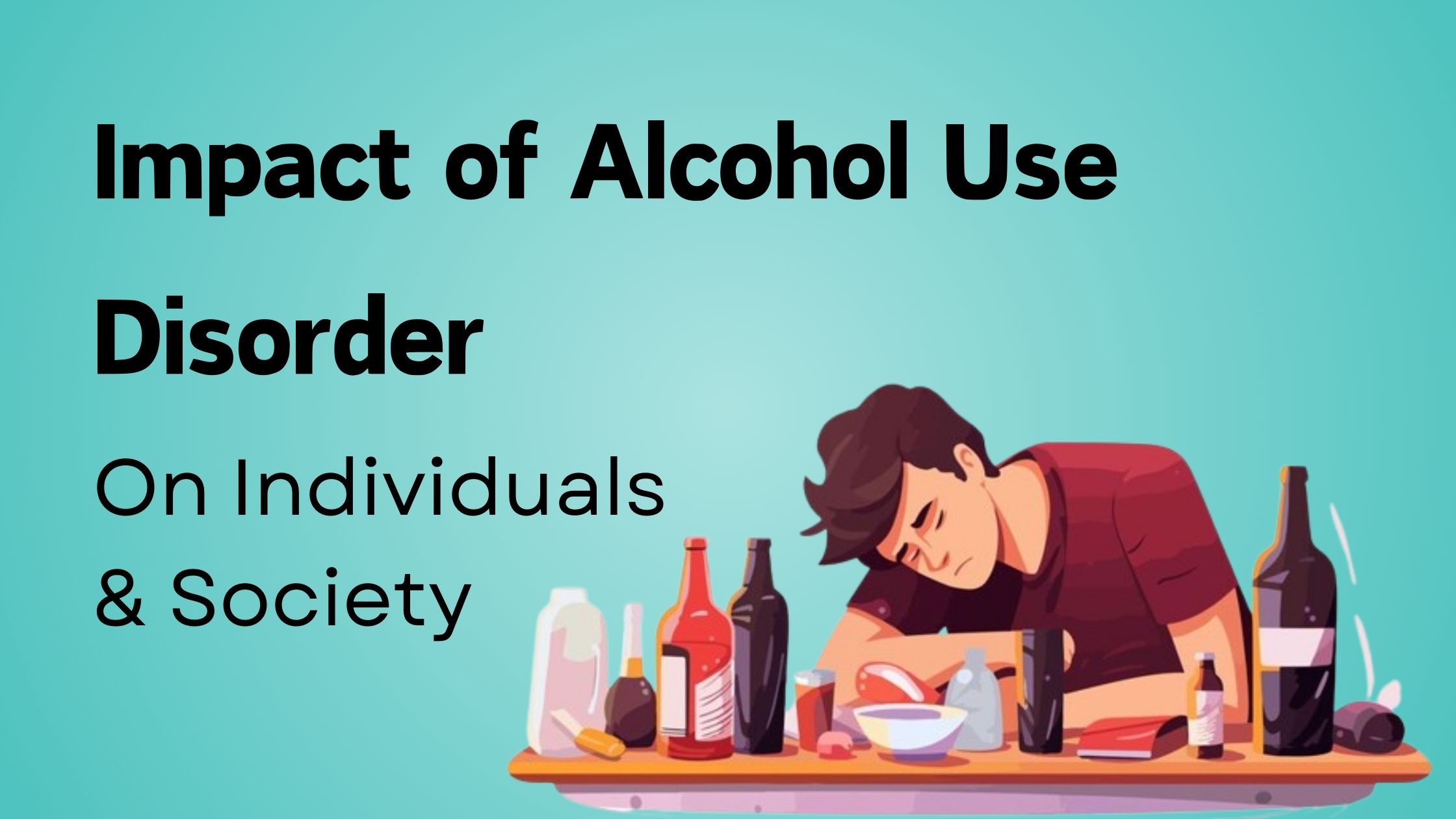Methamphetamine, commonly known as meth, is a powerful and highly addictive stimulant that has wreaked havoc on countless lives. Its effects extend far beyond the immediate physical and psychological impacts, including severe and visible changes in appearance. One of the most striking and distressing consequences of meth abuse is a condition often referred to as “Meth Face.” In this article, we will explore what Meth Face is, its causes, and the broader implications of methamphetamine abuse on individuals and communities.
Understanding Methamphetamine
Methamphetamine is a synthetic drug that stimulates the central nervous system. It comes in several forms, including powder, crystals (crystal meth), and pills. When used, methamphetamine increases the levels of dopamine in the brain, leading to heightened alertness, euphoria, and energy. However, these effects are short-lived and come with a high risk of addiction and serious health consequences.
What Is Meth Face?
“Meth Face” is a colloquial term used to describe the extreme facial changes and skin conditions observed in individuals who have been using methamphetamine over a prolonged period. The term encompasses a range of physical symptoms and alterations, including:
- Severe Acne and Skin Sores: Meth users often develop severe acne and skin sores, which are commonly referred to as “meth sores.” These sores are a result of compulsive scratching and picking at the skin, often due to the sensation of bugs crawling under the skin, a condition known as formication.
- Premature Aging: Chronic meth use can cause the face to appear significantly older than the individual’s actual age. This is due to the drug’s impact on overall health, including skin elasticity and collagen production. Meth users may develop deep wrinkles, sagging skin, and a gaunt, hollowed appearance.
- Dental Decay and Tooth Loss: One of the most recognizable aspects of Meth Face is severe dental decay, often referred to as “meth mouth.” This condition results from poor oral hygiene, dry mouth, and a diet high in sugary substances, which are common among meth users. Meth mouth can lead to extensive tooth decay, gum disease, and tooth loss.
- Skin Infections: Methamphetamine use often leads to poor personal hygiene and a compromised immune system, making individuals more susceptible to skin infections. These infections can exacerbate the appearance of Meth Face by causing additional sores, abscesses, and other dermatological issues.
- Generalized Malnutrition: Chronic meth use can lead to severe malnutrition, which affects the skin’s health and appearance. Poor nutrition contributes to a pallid complexion, brittle skin, and overall poor physical condition, all of which are visible signs of Meth Face.
Causes of Meth Face
The physical manifestations of Meth Face are caused by a combination of factors related to methamphetamine abuse:
- Skin-Picking Behavior: A common side effect of meth use is formication, which creates the sensation of insects crawling on or under the skin. This leads users to pick at their skin compulsively, resulting in open sores and infections.
- Poor Hygiene: Methamphetamine use often results in neglect of personal hygiene. This, coupled with the drug’s dehydrating effects, can lead to increased skin problems and exacerbation of existing conditions.
- Nutritional Deficiencies: Meth users frequently suffer from poor nutrition, as the drug reduces appetite and impairs the body’s ability to absorb essential nutrients. Malnutrition further weakens the skin and accelerates aging.
- Dental Health Neglect: Methamphetamine has a corrosive effect on the teeth and gums, coupled with a tendency for users to consume high amounts of sugary foods and beverages. The combined effect of poor dental hygiene and meth’s chemical properties leads to severe dental decay.
- Dehydration and Health Decline: Methamphetamine can cause severe dehydration, which negatively impacts the skin’s elasticity and overall appearance. Additionally, the general decline in health associated with long-term meth use contributes to the physical deterioration observed in Meth Face.
The Broader Implications of Methamphetamine Use
The effects of methamphetamine extend beyond physical appearance, impacting multiple aspects of an individual’s life:
- Psychological and Behavioral Changes: Methamphetamine use can lead to significant psychological issues, including paranoia, aggression, hallucinations, and severe mood swings. These changes can further isolate users from their support networks and exacerbate the negative impact of their appearance.
- Social and Economic Consequences: The physical and psychological effects of methamphetamine use often result in job loss, financial instability, and strained relationships. Individuals with Meth Face may find it increasingly difficult to maintain employment and social connections, leading to further deterioration of their quality of life.
- Health Risks: Chronic methamphetamine use is associated with numerous health risks, including cardiovascular issues, neurological damage, and increased susceptibility to infectious diseases. These health problems compound the physical damage evidenced by Meth Face.
- Impact on Communities: The widespread abuse of methamphetamine has significant implications for communities. The health care costs associated with treating meth-related conditions, along with the social and economic burdens, place a strain on public resources and community support systems.
Addressing Methamphetamine Abuse
Combating the devastating effects of methamphetamine, including Meth Face, requires a multifaceted approach:
- Prevention and Education: Public education campaigns can raise awareness about the dangers of methamphetamine use and the associated physical consequences. By informing individuals about the risks, communities can work towards preventing drug abuse before it starts.
- Access to Treatment: Providing access to effective treatment programs is crucial for those struggling with methamphetamine addiction. Comprehensive treatment plans that address both the physical and psychological aspects of addiction can help individuals recover and improve their overall well-being.
- Support Services: Offering support services, including counseling, dental care, and nutritional support, can assist individuals in addressing the physical manifestations of methamphetamine abuse and facilitating their recovery.
- Community Support: Community initiatives and support networks can play a significant role in helping individuals affected by methamphetamine use. Providing a supportive environment and access to resources can aid in the recovery process and mitigate the negative impact of Meth Face.
Conclusion
Meth Face serves as a stark and visible reminder of the devastating effects of methamphetamine abuse. The extreme physical changes associated with Meth Face, including severe skin conditions, premature aging, and dental decay, are just some of the many consequences of long-term meth use. Addressing the issue of methamphetamine abuse requires a comprehensive approach that includes prevention, treatment, and community support.
By understanding the impact of methamphetamine on individuals and communities, we can work towards mitigating its effects and providing assistance to those in need. It is essential to foster a supportive environment that encourages recovery and addresses the multifaceted challenges associated with methamphetamine abuse.








